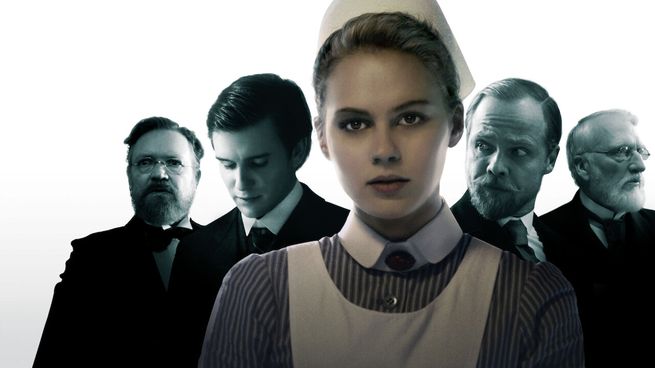The miniseries, the first of three parts, portrays life in a German teaching hospital in the 19th century, and is at the same time a faithful portrait of the historical events in the turbulent Europe of the time.
Romances forbidden, allowed, or arranged, the hidden lives of great scientists and their enormous contributions to humanity, the lights and darknesses of an era, the situation of women at the end of the 19th century and the prestige of a place that still exists, are combined in an unusual German miniseries, “Charité”which can be seen from Tuesday at 10 p.m. on the Europa Europa channel, after having received little notice on some platforms.
The content you want to access is exclusive to subscribers.
The action focuses on 1888 at the Charité teaching hospital in Berlin, equivalent to our Clinical Hospital, and combines fiction with the history of doctors and medicine. One of the characters, for example, is Robert Koch, today remembered for his decisive advances in the fight against tuberculosisand at that time also repudiated for his love affair with a 17-year-old girl (29 years difference) for whom he would abandon his wife.


Other, Emil von Behring, great opium-addicted bacteriologist, and Paul Ehrlich, who discovered how to cure syphilis, Ernst von Bergmann, pioneer of aseptic surgery, Rudolf Virchowone of the founders of social medicine, but they are not shown as marble, but rather loaded with frustrations, doubts, misgivings, egos, stalked by bureaucracy and full of temptations.
The main figure (fictional) is a young woman who fell into poverty, enters as a nurse and wants to be a doctor like her father, but German society is not prepared for that (significant detail, Here, at exactly the same time, Cecilia Grierson graduated as a doctor and paved the way for many other women.). The young woman lives several affairs inside the hospital while she persists in her dream.
Around him, disturbing surgical operations are discussed and seen, the patients themselves go on strike, decisive changes are proposed in the nursing service, socialist movements and anti-Semitic nationalist groups advance, Emperor Frederick III is misdiagnosed and from time to time an advance emerges in medicine. Living history, painted for the public.
Then there will be two other miniseries of the same tenor, “Charité at war”set in 1943, and “Charité: Cold War”, when in 1961 the communists built the Wall and the hospital was right between West Germany and East Germany. Because, it bears repeating, that hospital really exists, it is enormous, and the number of doctors who, working there, received the Nobel Prize is also enormous.
His story doesn’t fit into three miniseries. The one we now see, fcreated by writer and producer Sabine Thor-Wiedermanand directed by Sonke Wortmann, author of dramas and comedies in Hollywood and Berlin, and of a formidable sports film, “The Miracle of Bern,” about the first time Germany won a World Cup, back in 1954. But that’s another story.
Source: Ambito
I am an author and journalist who has worked in the entertainment industry for over a decade. I currently work as a news editor at a major news website, and my focus is on covering the latest trends in entertainment. I also write occasional pieces for other outlets, and have authored two books about the entertainment industry.




